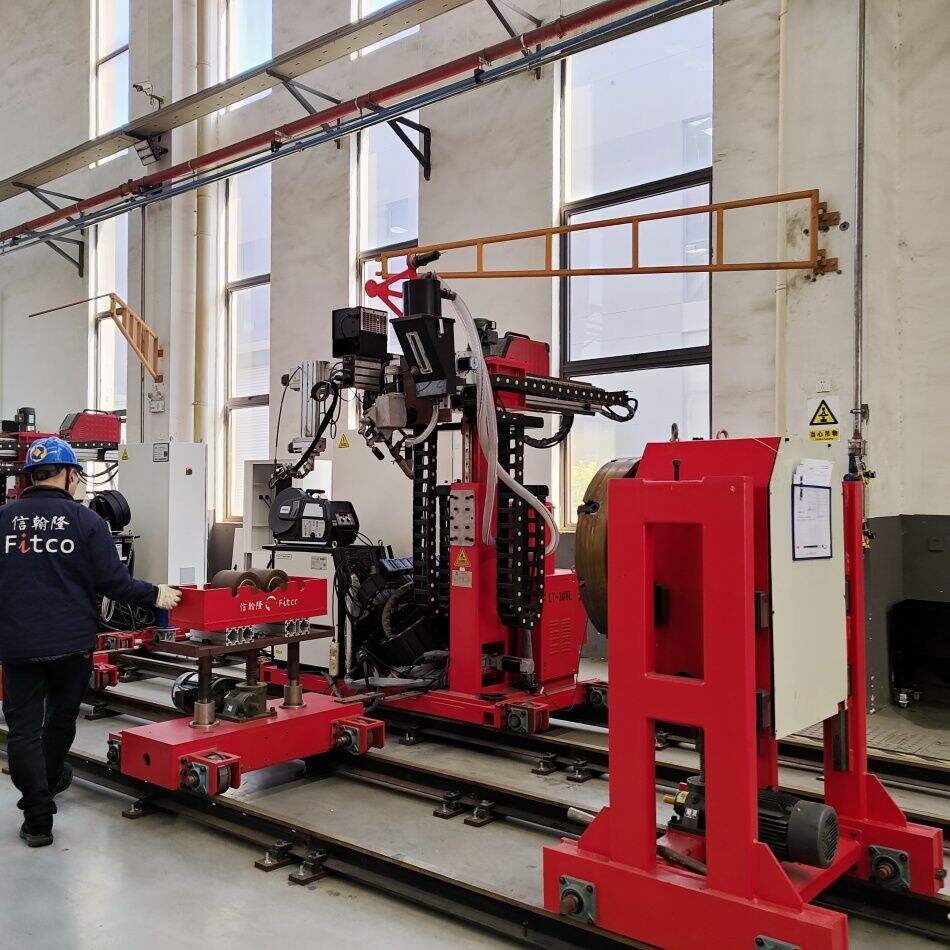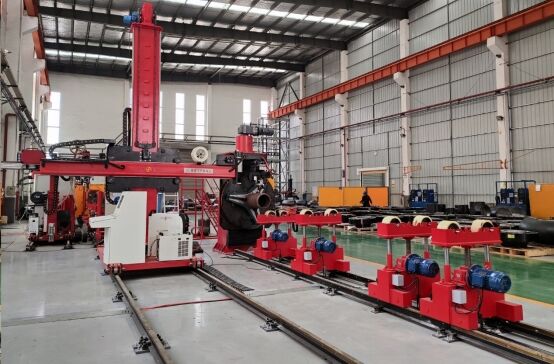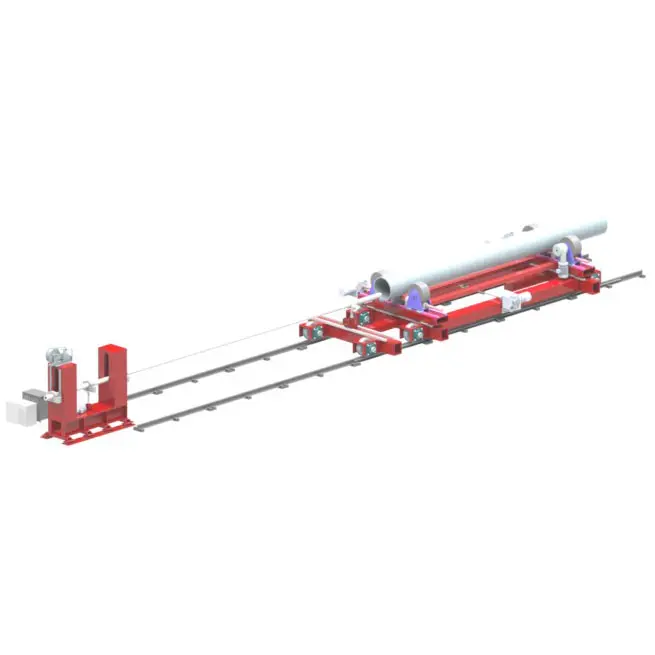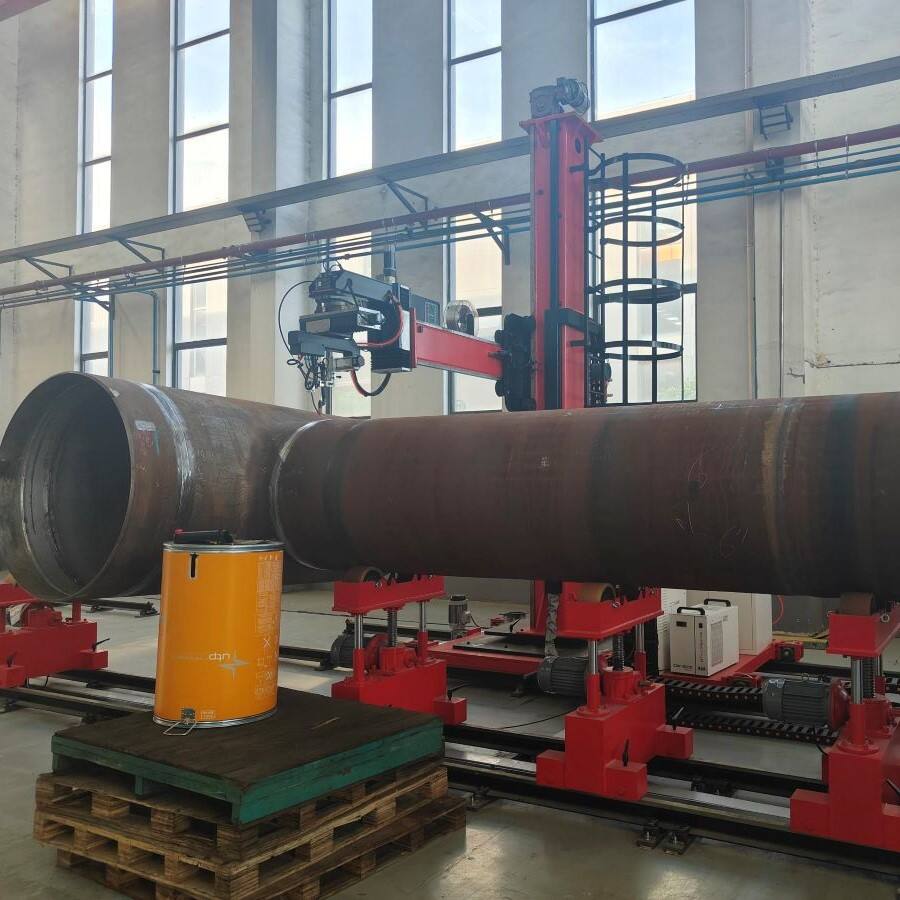automatic tig welder
The automatic TIG welder represents a significant advancement in welding technology, combining precision control with automated functionality for superior welding results. This sophisticated welding system integrates computer-controlled parameters to maintain consistent arc stability and weld quality throughout the entire process. At its core, the automatic TIG welder features programmable settings for current control, wire feed speed, and torch positioning, enabling repeatable high-quality welds with minimal operator intervention. The system employs advanced sensors and monitoring systems to track real-time welding parameters, making automatic adjustments to maintain optimal welding conditions. Key components include a digital control interface, automated wire feeding mechanism, precise torch positioning system, and integrated cooling systems. These welders excel in applications requiring high-precision welds, such as aerospace components, pharmaceutical equipment, and semiconductor manufacturing. The technology incorporates pulse welding capabilities, allowing for enhanced control over heat input and weld penetration. Modern automatic TIG welders also feature memory functions for storing multiple welding programs, facilitating quick changeover between different welding tasks and materials.

 EN
EN
 AR
AR BG
BG HR
HR CS
CS DA
DA NL
NL FI
FI FR
FR DE
DE EL
EL HI
HI IT
IT JA
JA KO
KO NO
NO PL
PL PT
PT RO
RO RU
RU ES
ES SV
SV TL
TL IW
IW ID
ID LT
LT UK
UK SQ
SQ HU
HU TH
TH TR
TR FA
FA AF
AF CY
CY MK
MK LA
LA MN
MN KK
KK UZ
UZ KY
KY







